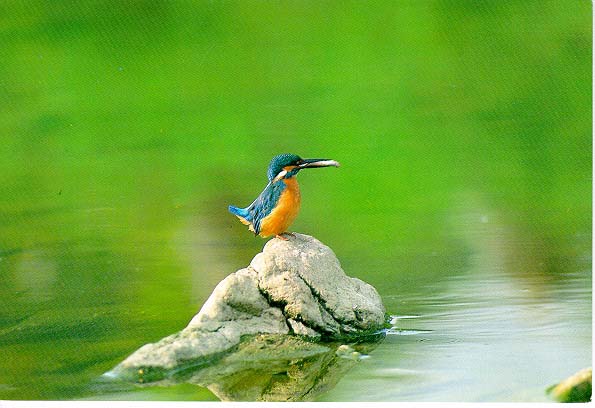|
| Query: bird | Result: 3396th of 32675 | |
Korean Bird07 - Common Kingfisher - On rock in river (물총새)
| Subject: | Korean Bird07 - Common Kingfisher - On rock in river (물총새)
| | Poster: | Kim Jinsuk (jskim@bioinfo.kordic.re.kr)
| |

| File size : 40860 bytes
File date : 1998:05:15 09:00:00
Resolution: 595x408
Jpeg process : Baseline
Posted Newsgroups: alt.binaries.pictures.animals
Posted Date: Fri, 15 May 1998 11:05:48 +0900 |
|

